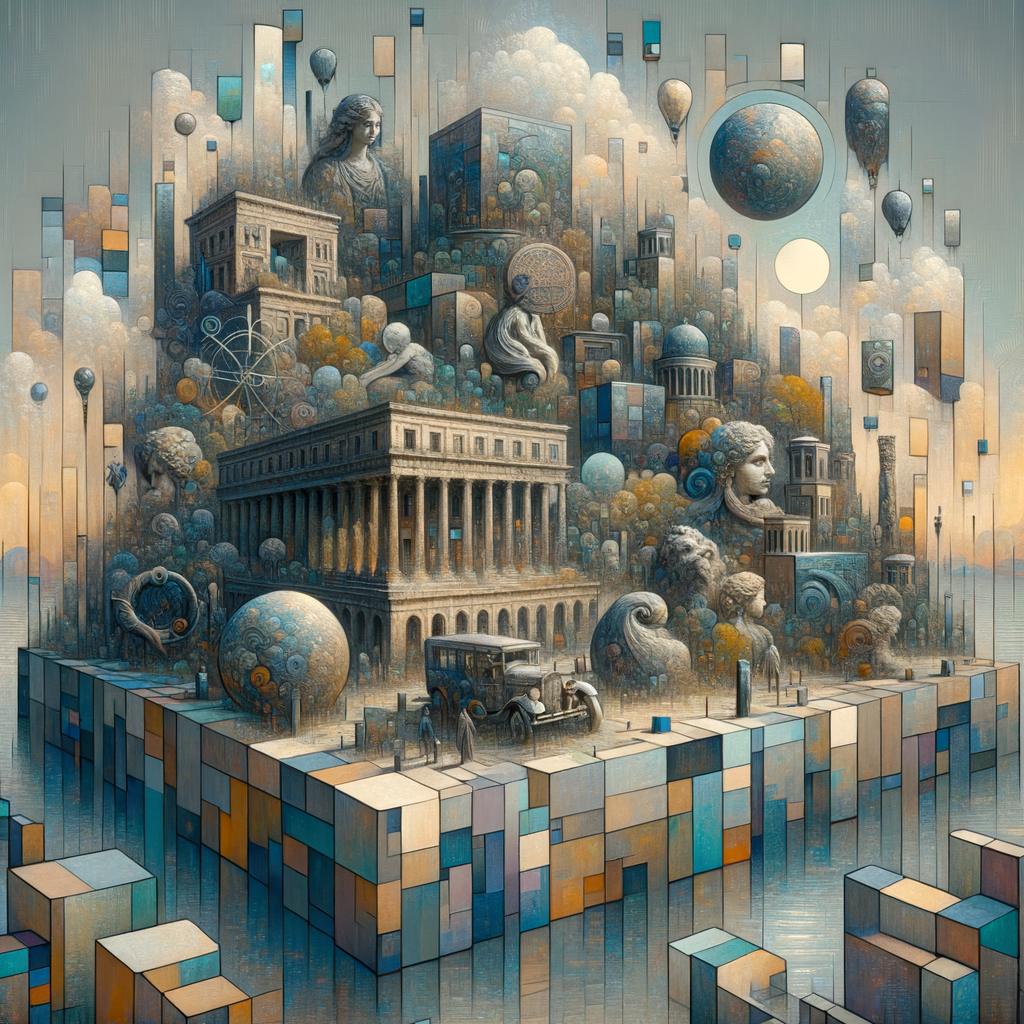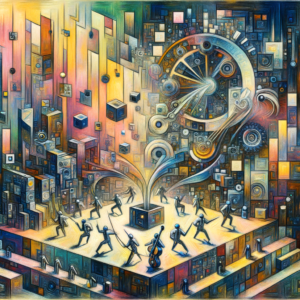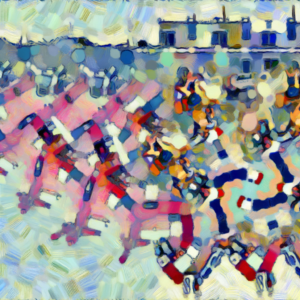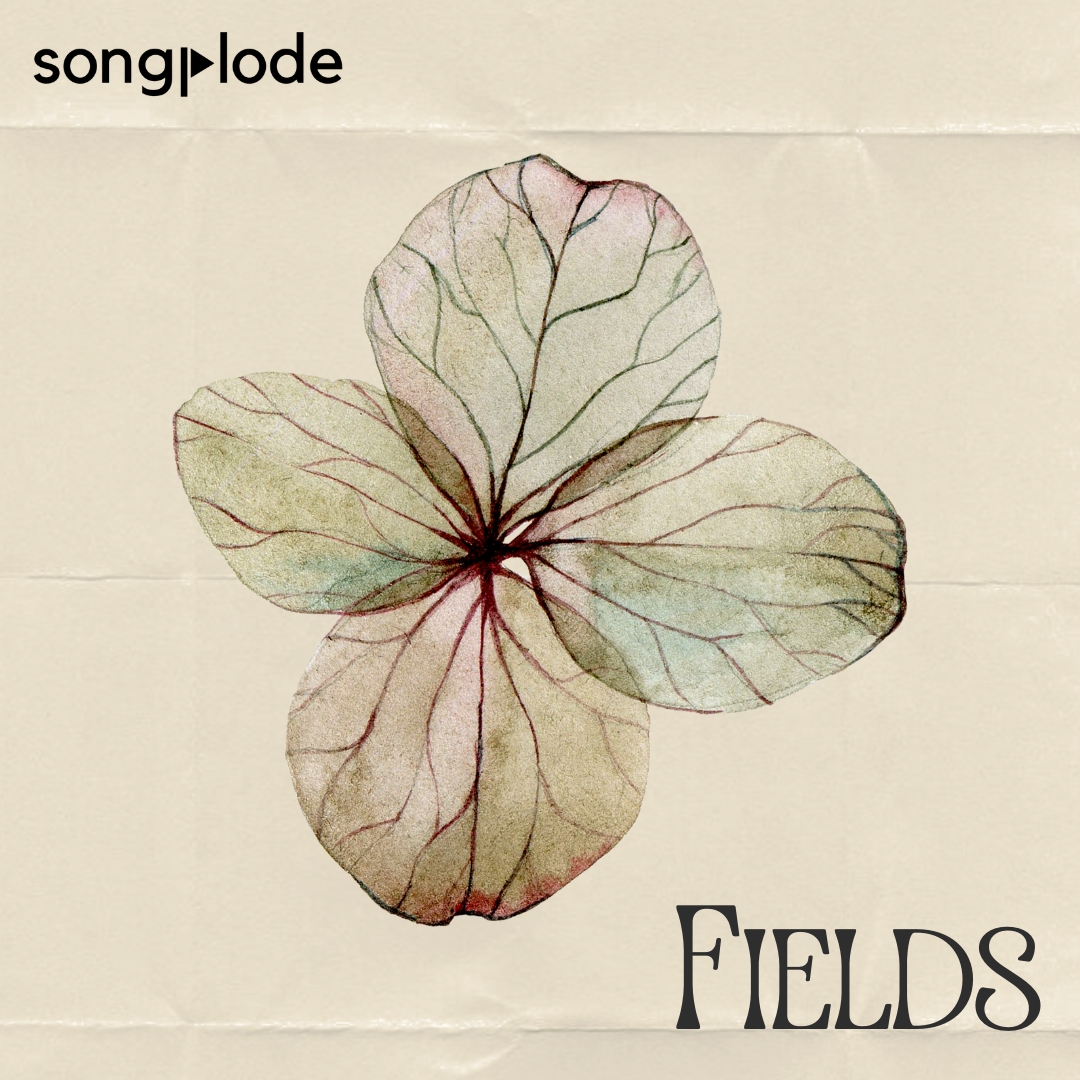> Part 4 of the New Horizons: Pioneering the Cultural Innovations of Tomorrow series
As we draw the curtain on our series, “New Horizons: Pioneering the Cultural Innovations of Tomorrow,” it’s essential to spotlight a trend that resonates deeply with our collective consciousness: the innovative strides being taken to preserve cultural heritage. This final chapter is not just about looking forward; it’s about making sure we don’t leave behind the treasures that have shaped us.
In every corner of the world, cultural heritage stands as a testament to human creativity, resilience, and history. Yet, these treasures are increasingly under threat from various factors including environmental changes, urban development, and even the ravages of time itself. It’s here that technology steps in as a beacon of hope, offering methods not just to preserve but to revive and share our global heritage in ways that were previously unimaginable.
One notable innovation capturing the imagination of conservators and scholars alike is 3D scanning and virtual reconstruction. This technology has been revolutionary in preserving sites at risk, such as the ancient city of Palmyra in Syria. Through detailed scanning, experts can create precise digital replicas of monuments, sculptures, and artifacts. These digital archives serve not only as a safeguard against loss but also as a tool for education and research, allowing for detailed study without the need for physical proximity.
Moreover, digital archiving extends its protective embrace to the intangible aspects of cultural heritage—languages on the brink of extinction, oral histories fading with generational shifts, and even endangered music and dance forms. Projects like the Endangered Languages Project are harnessing digital platforms to create archives accessible to researchers and the public alike, facilitating efforts to revitalize and learn from these precious human expressions.
Virtual Reality (VR) also plays a pivotal role in the interactive preservation of heritage. Museums and institutions worldwide are adopting VR to offer immersive experiences that transcend geographical and temporal boundaries. Through VR, individuals can now “walk” through historical sites, such as the halls of the ancient Egyptian pyramids or the streets of Pompeii before the eruption of Mt. Vesuvius, experiencing history in a dynamic and interactive manner. This immersive approach not only enhances learning and appreciation but also piques interest in preservation among younger generations.
However, the path to technology-assisted preservation is strewn with ethical considerations and challenges. Questions of digital colonialism, accessibility, and the authenticity of virtual experiences compared to their tangible counterparts are at the forefront of discussions. Balancing technological potential with respect for cultural significance and ownership is crucial in advancing these initiatives.
As “New Horizons: Pioneering the Cultural Innovations of Tomorrow” comes to a close, it’s clear that the fusion of technology and cultural heritage offers a promising avenue towards safeguarding our collective memories. By embracing innovations in preservation, we ensure that the future remains deeply rooted in the rich soils of our past, accessible for generations to come. It’s a testament to human ingenuity and the relentless pursuit of preserving our shared history, propelling cultural heritage into the digital age with reverence, innovation, and hope.
Recent Posts songplode culture | Cultural Innovation
- The Narrative Frontier: Transmedia StorytellingTransmedia storytelling blurs lines between fiction and reality, redefining audience engagement across novels, films, and games. It enriches narrative depth, inviting audience co-creation while navigating platform-specific challenges.
- Reimagining Performance Art: Technology and Immersive TheatreThe interplay of technology and live performance art revolutionizes immersive theater, transforming audiences into co-creators within digital realms. Can this fusion maintain theater’s intimate heart while enhancing storytelling?
- Cultural Legacy in Code: Digital Heritage and the Custodians of TraditionDigital technology transforms cultural heritage preservation, enabling virtual recreations, democratizing access, and inspiring debates on authenticity. Can digital custodians balance innovation with true representation and inclusivity?
- Sonic Evolution: The New Soundscapes of a Connected WorldThe digital age reshapes music’s core, with streaming platforms and AI redefining creation and consumption. This transformation raises questions of sustainability, originality, and fair compensation, reshaping the cultural landscape.














